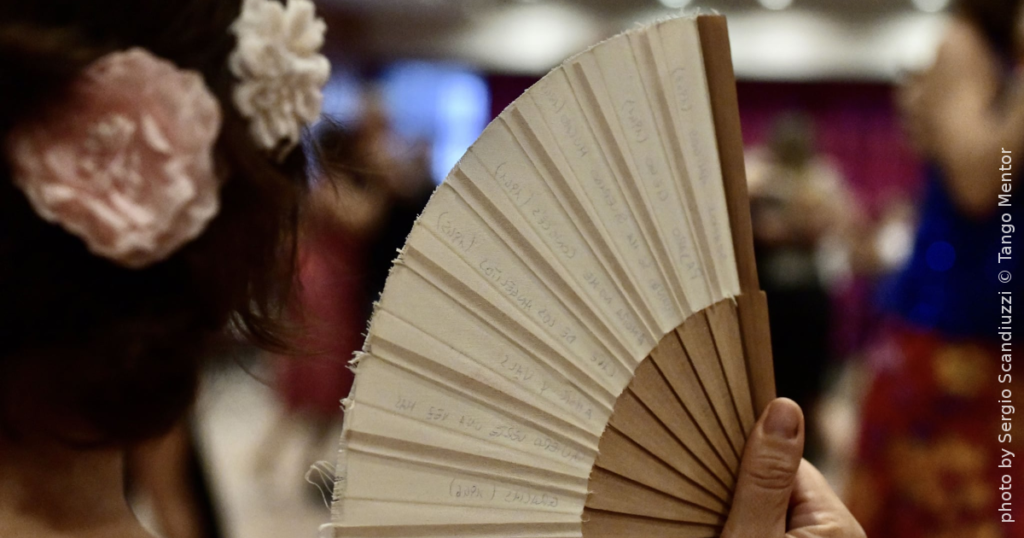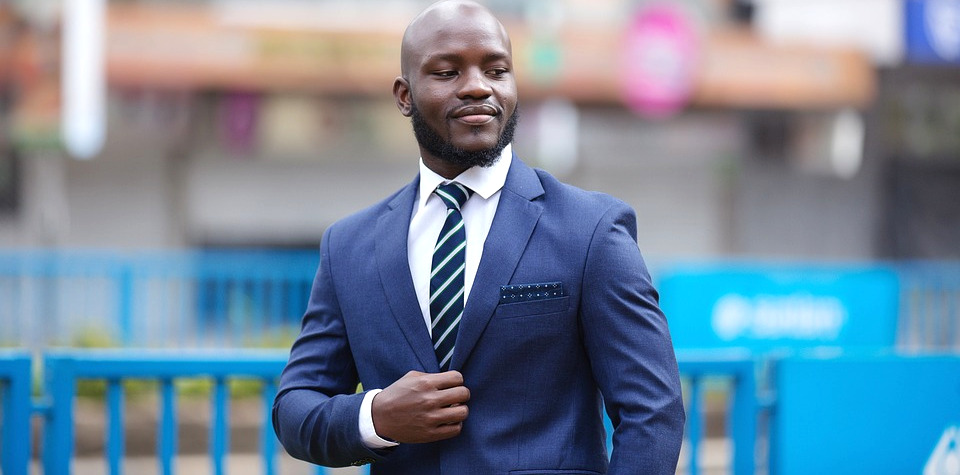
What I am about to say in this article is not meant to be an insult but well-intentioned advice for all dancers who step on the dance floor aiming to emulate their favorite performers. I am also not trying to make comments about performers.
My point is that one should differentiate depending on the context, and more importantly, understand what it means. How performance and social dancing are constructed differently and what things a milonguero dancer should be aware of.
A bunch of clowns?
When I first saw this comment, it felt like it came from a position of disrespect – and in this case, it’s probably right to assume that.
“Celia Blanco is one of those blunt, tough-talking, sweet, hard-working women that I find irresistible. But how could you not love a woman who has publicly called many of the well-known performers and instructors who tour in the U.S. ‘A bunch of clowns’? She is a chain-smoking teacher of classical dance, whose look is, how should I say it, not the lean athletic look of the classical ballet dancer. But she has an electric kind of energy. You immediately sense that you are in the presence of someone formidable.”
Tango and Chaos in Buenos Aires, July 30, 2003
Time passed, and while I gained dancing and teaching experience, I never thought much of this… Until I tried to explain to someone the importance of the basics in tango, and how I think a dancer should approach complex sequences.
And then, the word “clown” came to my mind as a perfect example. Not as an insult, but as an illustration of my point.
The Wisdom of a Well-Dressed Person
Let me break down this analogy starting with some basic knowledge from the topic of fashion and style. When we talk about composing a well-thought-out wardrobe, I believe everyone is familiar with the concept of essential pieces and showpieces – they both serve different purposes.
1) The essentials are those things that are versatile and can be worn frequently; they are timeless, classic, and should be considered the foundation of a wardrobe. Some examples are basic t-shirts, jeans, white button-down shirts, black dress pants, etc.
2) Showpieces, on the other hand, are bold, unique, and attention-grabbing items; they are usually worn on special occasions or events where you want to make a statement – things that stand out. Some examples are bold prints, very bright colors, futuristic accessories, etc.

We can talk the same way about tango and the moves you learn. There are some essential moves that are versatile and can be used frequently and with different music – they’re usually timeless and are used in most styles.
On the other hand, there are moves that are bold and attention-grabbing – they stand out and are usually identifiers of one’s personal style.
I work hard to promote milonguero and traditional tango culture. If you’d like to support my mission, please consider making a small donation.
It keeps the lights on.
From my heart to yours!
Ivica
Securely processed via PayPal
Elements of Elegance
My advice to my students is to always spend the vast majority of their learning and practicing time on the essentials and let the showpieces emerge from their experience – not by practicing them.
Unfortunately, from what I see in today’s tango world, people spend most of their time on the showpiece steps and neglect the essentials.
Let me use the words of Carlos Gavito:
I ask you not to try to be a tango stage dancer when you want to be a social dancer because all you end up doing is being ridiculous. If you don’t believe me, ask your best friend to film you (…) and then watch yourself. You will feel the same way we feel: ashamed. (…) Sometimes we teach steps and moves that are only for tango exhibitions, for tango professionals – because for us, those are simple things. But then we see people doing those steps at milongas, and we say, ‘Oh God, did I teach that?’
Carlos Gavito
As Gavito said, one should look at a video of themselves and try to see from an outside perspective that what they imagine does not always work. I would go even further and say that often what they imagine shows a lack of knowledge and understanding of tango and musicality.
Dancing is not mechanically stacking one step on top of another. I would suggest that you build your vocabulary from the ground up, not from the top down. This means you should start with the basic steps as a foundation and let complexity emerge from them.
These essentials are easiest to perform with the music and give you the most freedom – this way, you can dance elegantly with a focus on what matters: the connection.
If you don’t do that, I would agree with Celia, that dancers often unfortunately look like “a bunch of clowns”; dressing up their dancing with showpieces only.

Because I believe that’s the definition of a clown: a person who, in order to attract attention, dresses up with showpieces that often don’t match and are meant to be funny.
Everything on the clown is hyperbolized, with screaming colors and incompatible patterns.
By the way, when you try steps that are too hard for you, it’s like wearing a coat that’s too big for you, just like this image.
Good dancing means elegance and moderation. I try to implement that in my dancing, and I would suggest to everyone: focus on the essentials and adorn them with occasional showpieces because good taste is timeless.

I love your style Ivica, your analogies and comparisons between tango and life are priceless
I agree, but …
First, I’m against all dance performance,
I just don’t see any point to it other than as kitsch cabaret entertainment.
If people enjoy watching that, good for them.
The problem is that they want to do it themselves and the teacher’s bamboozle them into thinking that anyone can do tango performance, and that dancing at the milonga is essentially the same thing.
It’s a slippery slope.
In this, the tango milonguero teachers/performers like Gavito are really no different.
The only exception I’d make is Vidort (and maybe a couple of others).
His floorshows are so understated that I feel that they’re not in the same category as what Gavito is doing which has virtually nothing to do with social tango dancing.
Vidort says in an interview that he does not think about the audience when he is performing.
That’s really hard. Having done performances myself in the past I think it’s really difficult and it changes how you dance.
Most non-milonguero people have little clue about this and unless they have a ‘mentor’ to inform them they couldn’t tell the difference.
Second, the idea of ‘basics’ suggests that there is something that is basic and something else that is advanced.
Unless you think in terms of teaching this is a completely useless concept.
My system argues against this scheme, which is only in existence because of the performers/teachers, and which is redundant outside of that.
Thank you for sharing this inconvenient truth instead of the usual comforting lies.